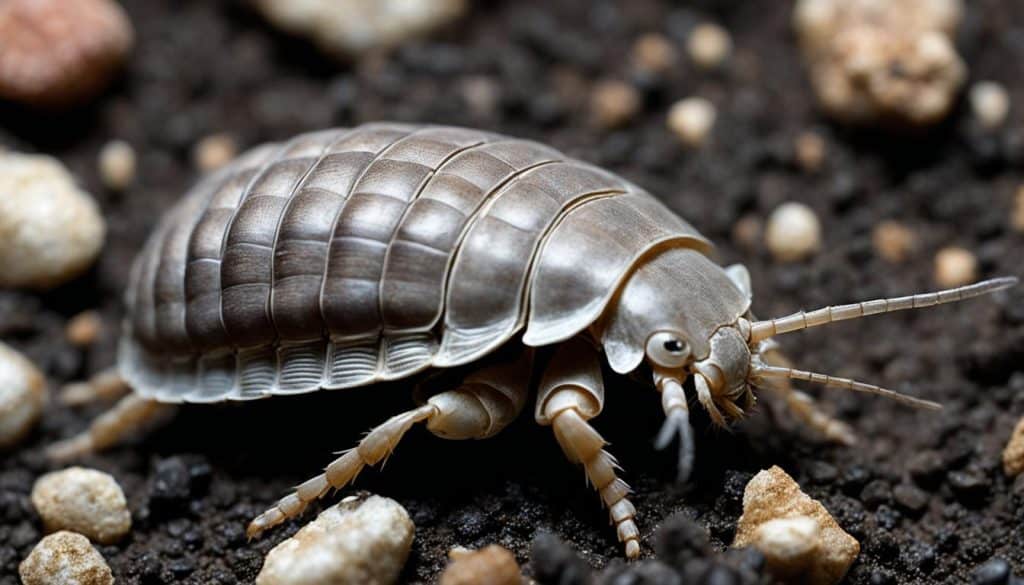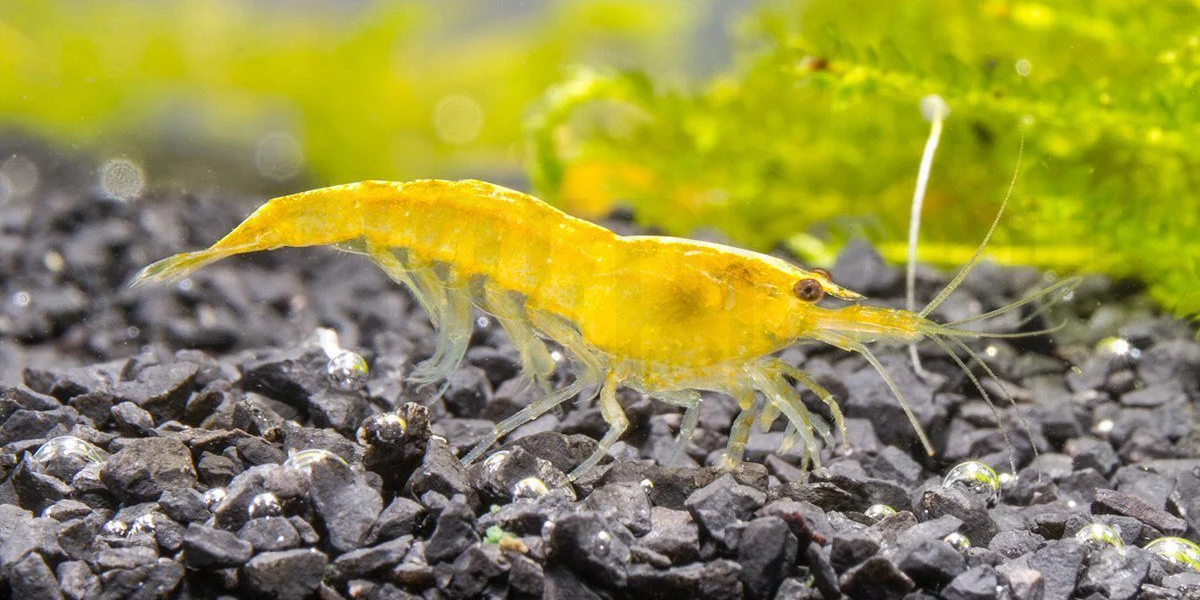Isopods, a different gathering of shellfish belonging to the request Isopoda, include a large number of animal categories that inhabit different conditions around the world. From earthly to amphibian environments, these fascinating animals display novel transformations and ways of behaving. Exploring the diversity within the isopods uk family reveals insight into their biological jobs and developmental variations.
Earthly Isopods
Earthly isopods, regularly known as woodlice or pill bugs, are maybe the most natural individuals from the isopod family. They flourish in damp conditions like woodlands, gardens, and, surprisingly, inside homes. These isopods have adjusted to earthly life, with straightened bodies and divided exoskeletons that permit them to move into a defensive ball when compromised—aa way of behaving known as conglobation.
Oceanic Isopods
As opposed to earthly species, sea-going isopods inhabit freshwater and marine conditions. They show a scope of variations fit to life in water, like streamlined bodies and gills for breath. Amphibian isopods assume vital parts in sea-going environments as scroungers, feeding on decaying natural matter and contributing to supplement cycling.
Parasitic Isopods
Parasitic isopods display a fascinating yet often unsettling part of isopod diversity. These species have advanced to live as parasites on different hosts, including fish, shellfish, and even well-evolved creatures. Parasitic isopods have particular transformations, for example, diminished extremities and changed mouthparts for attaching to and feeding on their hosts.
Remote ocean isopods
Remote ocean isopods inhabit the haziest profundities of the seas, where they face outrageous tensions and temperatures. These isopods display transformations, for example, amplified eyes and receiving wires, which help in detecting bioluminescent prey in the remote ocean climate. Species like Bathynomus giganteus are among the biggest isopods known, reaching sizes of over a foot in length. Remote ocean isopods assume essential parts as foragers, consuming natural material that sinks from the surface and contributing to remote ocean food networks.
Developmental Importance
The diversity of isopods mirrors their long developmental history and capacity to adjust to a great many environmental specialties. From their old marine predecessors to their cutting-edge earthbound and parasitic structures, isopods have expanded into north of 10,000 perceived species around the world. Their environmental jobs as decomposers, scroungers, and periodic parasites highlight their significance in maintaining biological system equilibrium and supplement cycling across different living spaces.
Exploring the types of isopods ukuncovers a fascinating cluster of transformations and ways of behaving that feature their diversity within the isopod family. Whether thriving in earthly, oceanic, parasitic, or remote ocean conditions, isopods embody nature’s capacity to adjust and practice across various biological specialties. Studying these scavengers not only upgrades our understanding of their transformative history yet additionally highlights their natural importance in different environments around the world.










